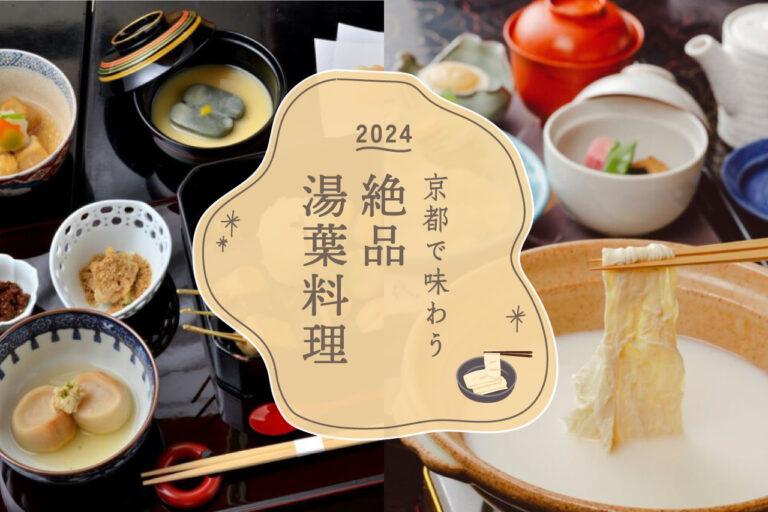
[2024] Some long-established and well-known restaurants! Kyoto's best yuba is a beautiful ...
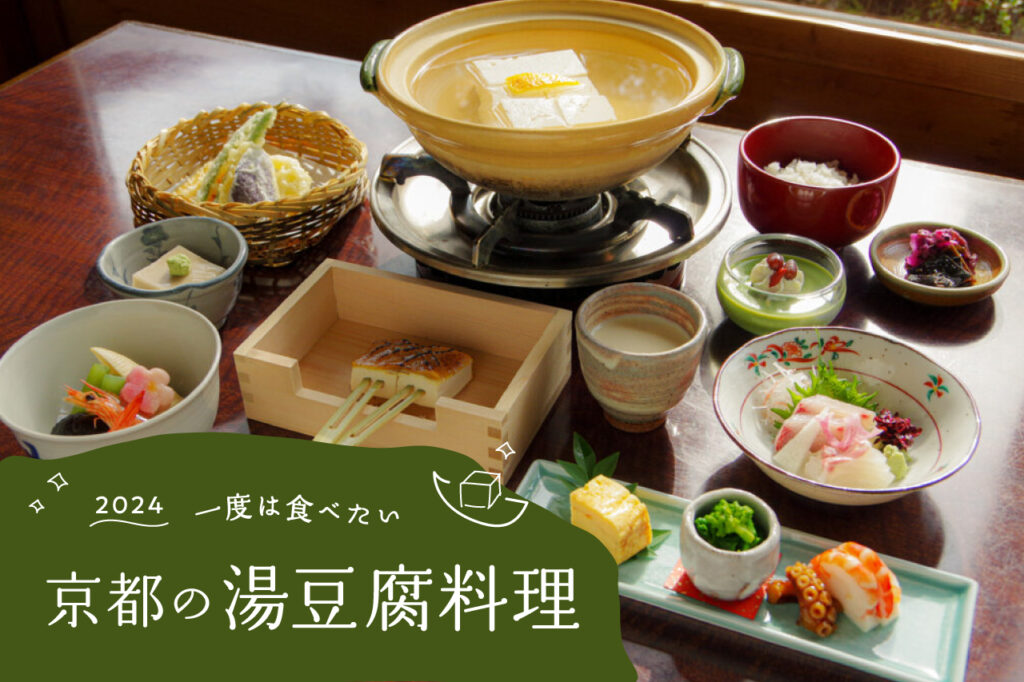

Smooth and rich tofu can be enjoyed only in Kyoto, where quality water and soybeans are available. Yudofu, one of Kyoto's representative dishes, is a must-try when visiting Kyoto. We have picked up famous yudofu restaurants that will surely leave a lasting impression on your heart, from long-established restaurants with a Kyoto atmosphere to those where you can enjoy yudofu in a casual atmosphere. (TEXT/Meimi Toyoda, EDIT/Miki Tamura)
[Shimizu Junsho Okabeya, located along the approach to Kiyomizu-Dera Temple, is recommended even for those who are not familiar with yudofu, as it offers a reasonably priced yudofu lunch in an atmospheric building. The restaurant is spaciously furnished with table seating, but the window seats offer a special view of the fountain on the adjacent terrace and the Goryukaku, a registered cultural asset of Japan. The chopstick bag has "Kyoto stories" about Kyoto written on it, which warms the heart as you wait for your meal. The yudofu course features yudofu (boiled tofu), which combines the gentle sweetness of soybeans with a pleasant bitterness that will immediately fill your mouth with happiness. At the store attached to the restaurant, yudofu sauce, chirimen sansho (Japanese pepper paste), and other items are sold as perfect souvenirs. Stop by after tasting the delicious yudofu.
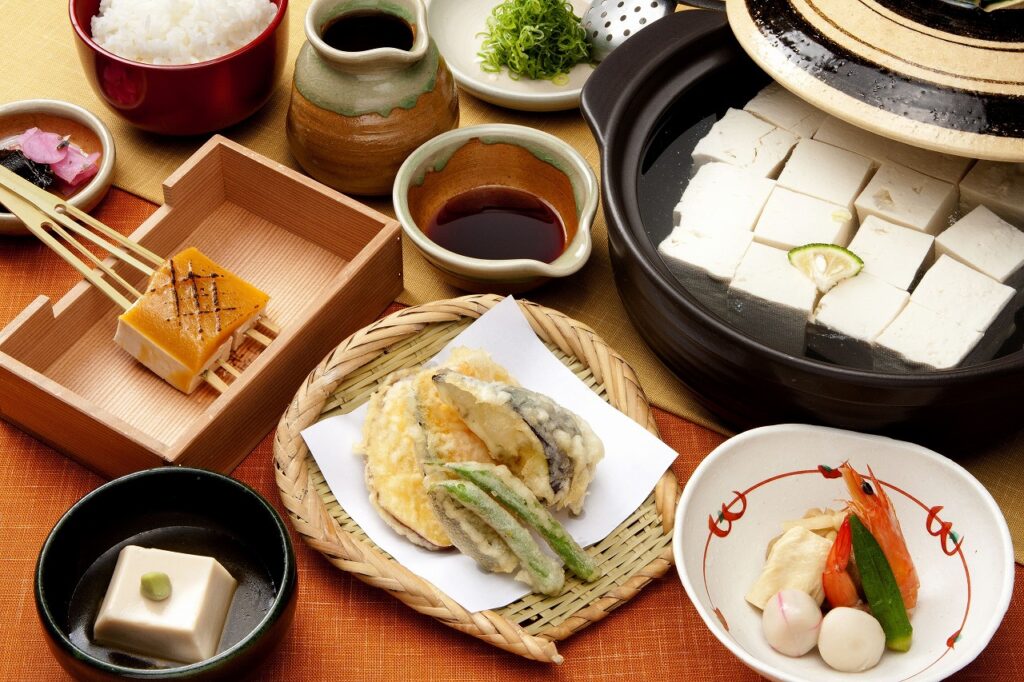
Yudofu course is 2,200 yen. The menu includes sesame tofu, tofu dengaku, and other tofu lovers' favorites. The menu changes with the seasons, so you can enjoy the seasonality of the season at any given time.

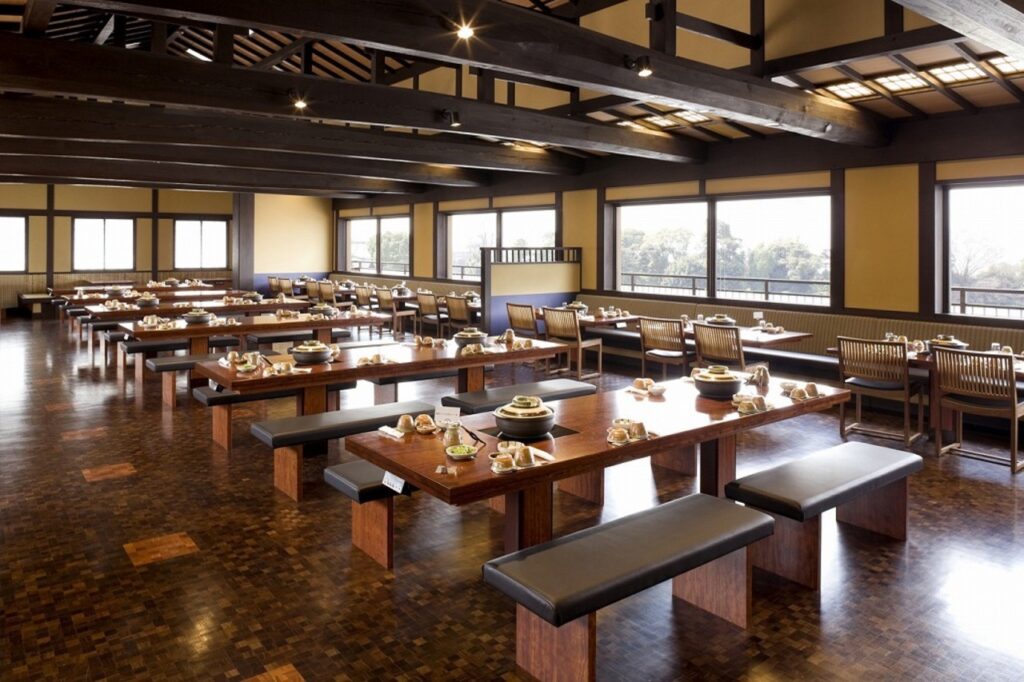

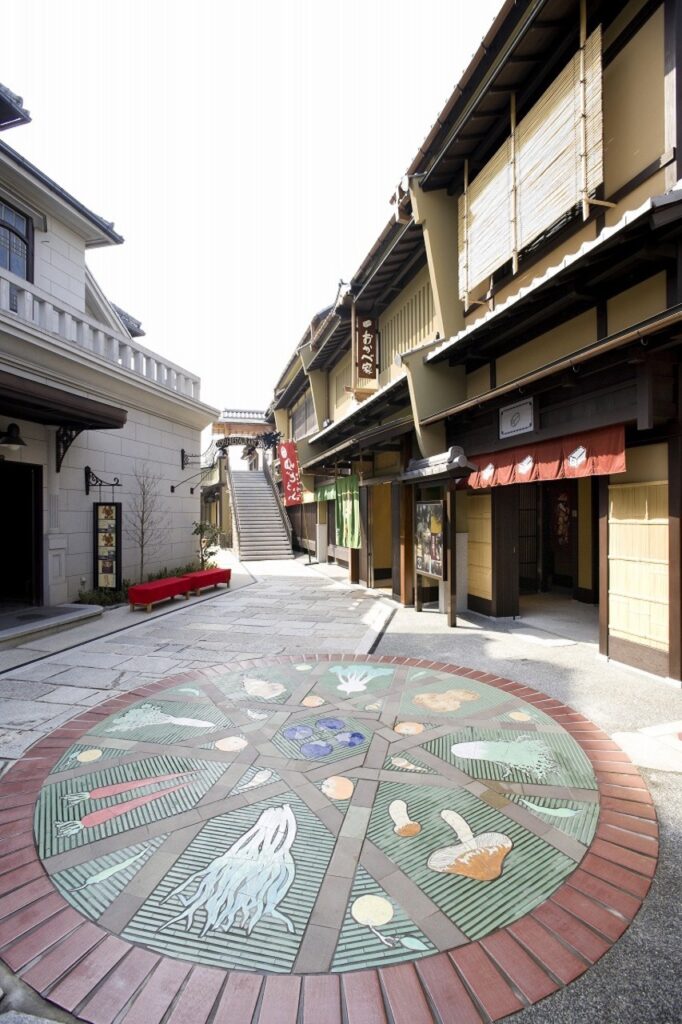

[How about a yudofu gozen lunch in the Nishijin area, which is home to many historic tourist attractions such as Kitano Tenmangu Shrine and Seimei Shrine? Here, you can enjoy the taste of live beans in a variety of yuba and tofu dishes. After passing through the noren (noren curtain), you will find counter seats surrounding the kitchen, creating a warm and welcoming atmosphere like that of a small restaurant. Starting October 1, the lunchtime-only Matsu Gozen has been renewed with a total of 10 dishes that will satisfy tofu lovers, including tofu salad, yuba takitan, and soy milk mousse for dessert, in addition to the main dish of yudofu. This new version of the Kyoto-style yudofu lunch menu can be enjoyed at a reasonable price, making it useful not only for sightseeing, but also for everyday use.
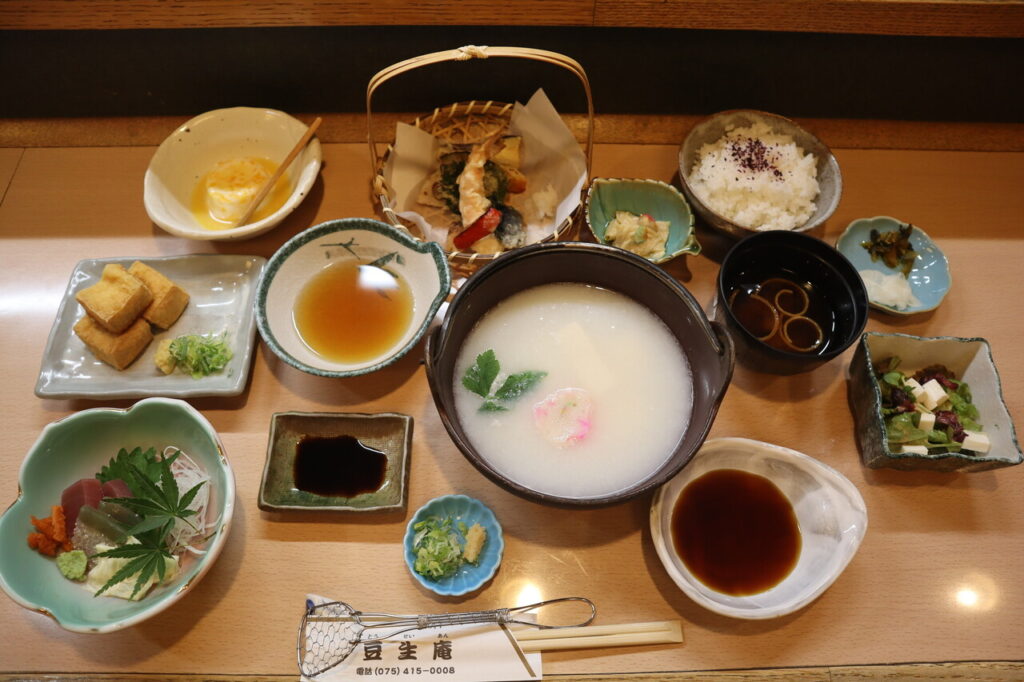
The Matsu Gozen (2300 yen) is a very satisfying menu that includes yudofu, tofu salad, yuba cooked rice, tempura, and soy milk mousse. The main dish of yudofu can be changed to chilled tofu.

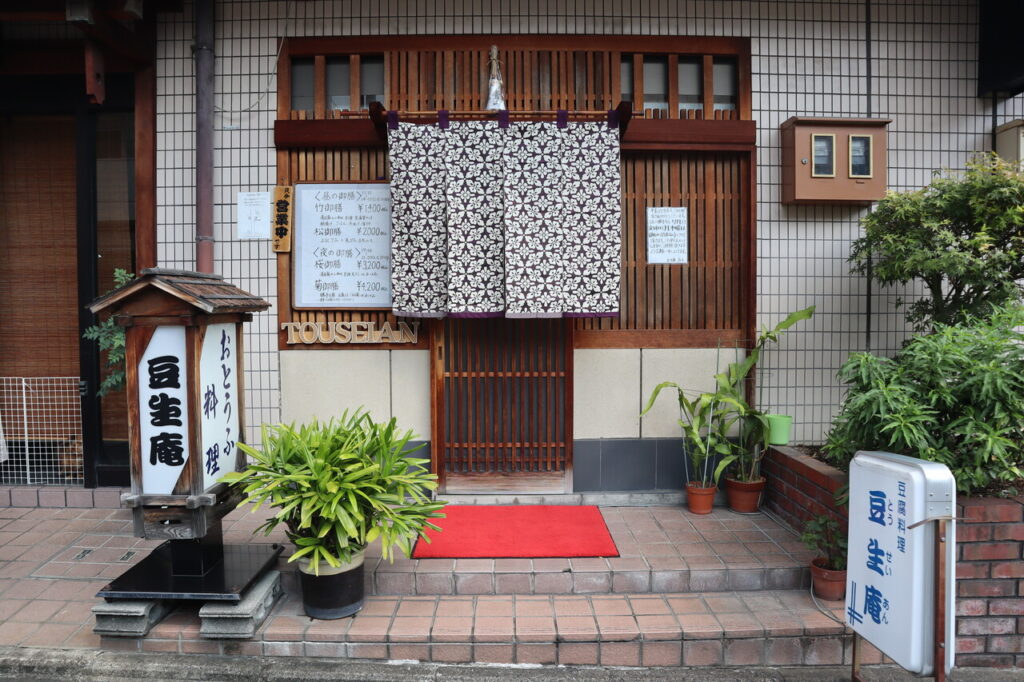

Yudofu used to be a popular vegetarian dish, and the culture of yudofu has long been rooted in the Nanzenji area. [Ryotei Yachiyo, located along the approach to Nanzenji Temple, is another long-established restaurant that has come of age along with yudofu. The method of making yudofu using water pumped from a small well has remained unchanged from the past. The water is the most important ingredient in making yudofu, and it is used to create a smooth and delicate texture. The Seiryu Garden, created by gardener Ueji, is the perfect place to enjoy a meal together. A luxurious moment awaits you, where the profound Kyoto cuisine and the magnificent scenery are woven together. Enjoy traditional yudofu at this long-established ryotei restaurant, where the taste and location are unmistakable.
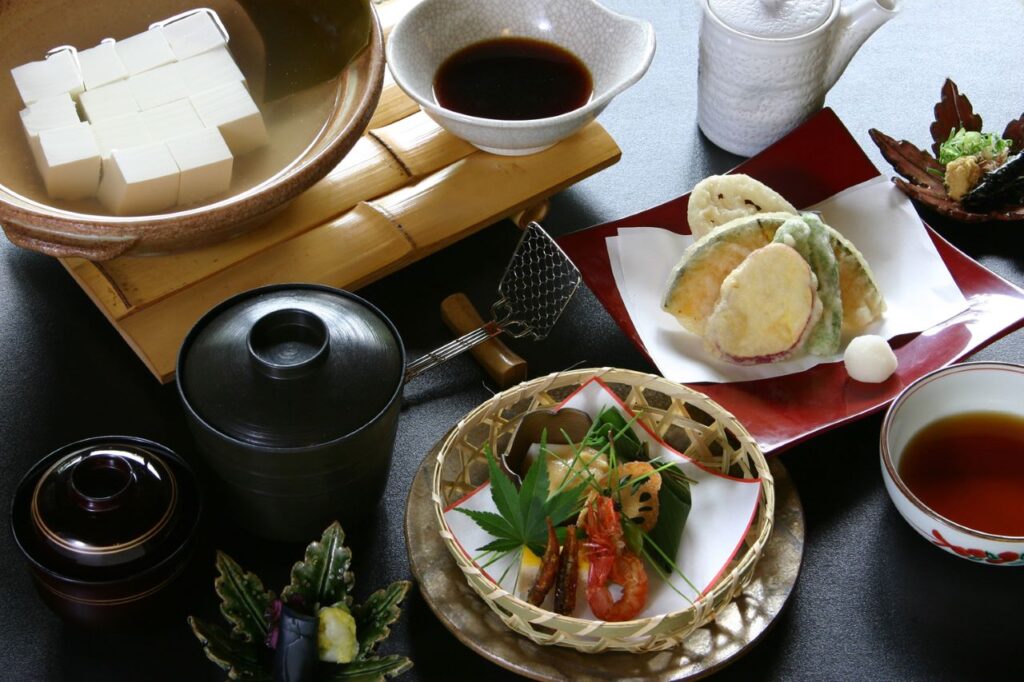
The Nanzenji specialty Yudofu Gozen (plum), 3,500 yen, is a dish that goes perfectly with the thick yudofu sauce, which is prepared daily for yudofu, and allows you to feel the depth of the broth, the lifeblood of a ryotei restaurant. Yuba dishes and sashimi are also available. Price changes to 3,500 yen after 11/1.

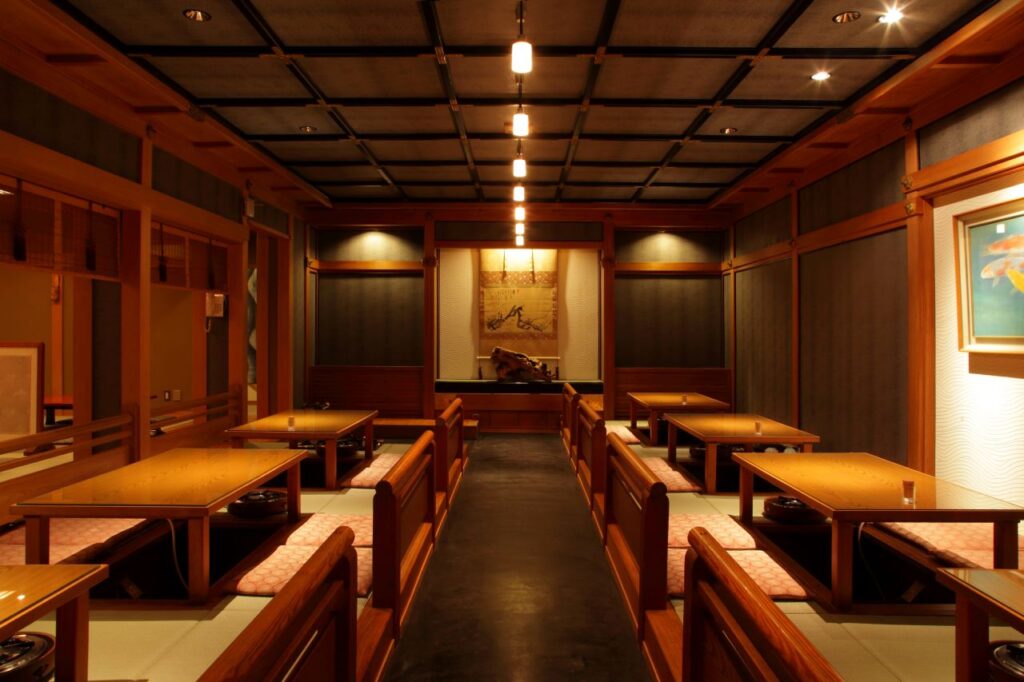

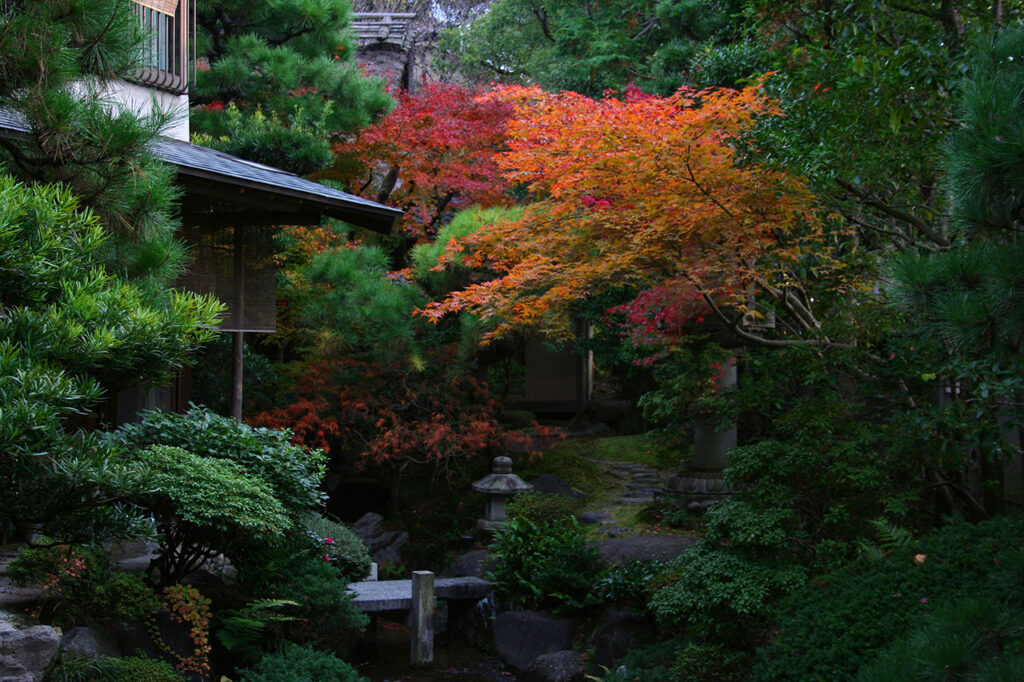

Nene-no-michi" is a stone-paved path that retains the atmosphere of the ancient capital. [Kodaidera Hashiba serves dishes using yuba (bean curd) and yudofu (tofu) on this road that connects Kiyomizu-dera Temple to Maruyama Park.] The Kyo-yuba set meal, in which you can enjoy yuba carefully prepared one by one, can be ordered with additional yudofu (tofu) for a fee. The combination of yuba and yudofu, two of Kyoto's most popular dishes, can be enjoyed in one luxurious meal. Another reason for the restaurant's long popularity is that diners can enjoy their meal while looking out over the historic scenery from their seats, including Hokanji Temple (Yasaka-no-to) and the three-faced Daikokuten, a statue of Daikokuten, a deity worshipped by Hideyoshi Hashiba.
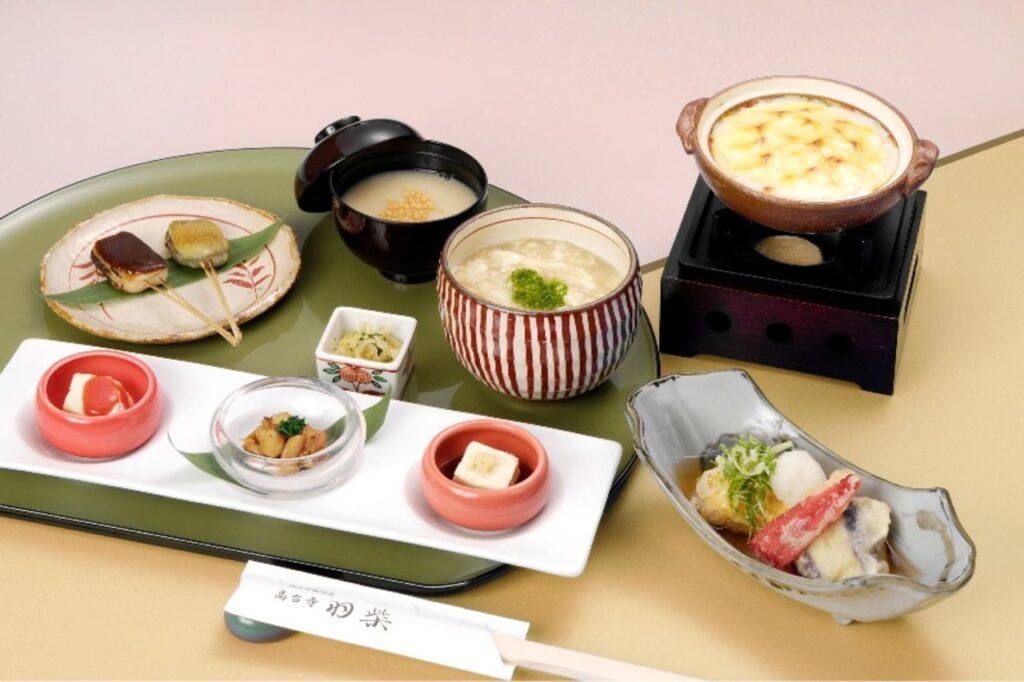
The Kyoto yuba set (2,860 yen) can be ordered with yudofu for an additional 880 yen. In addition to traditional Kyoto cuisine, the restaurant offers a wide variety of Western fusion dishes, such as the famous yuba gratin.

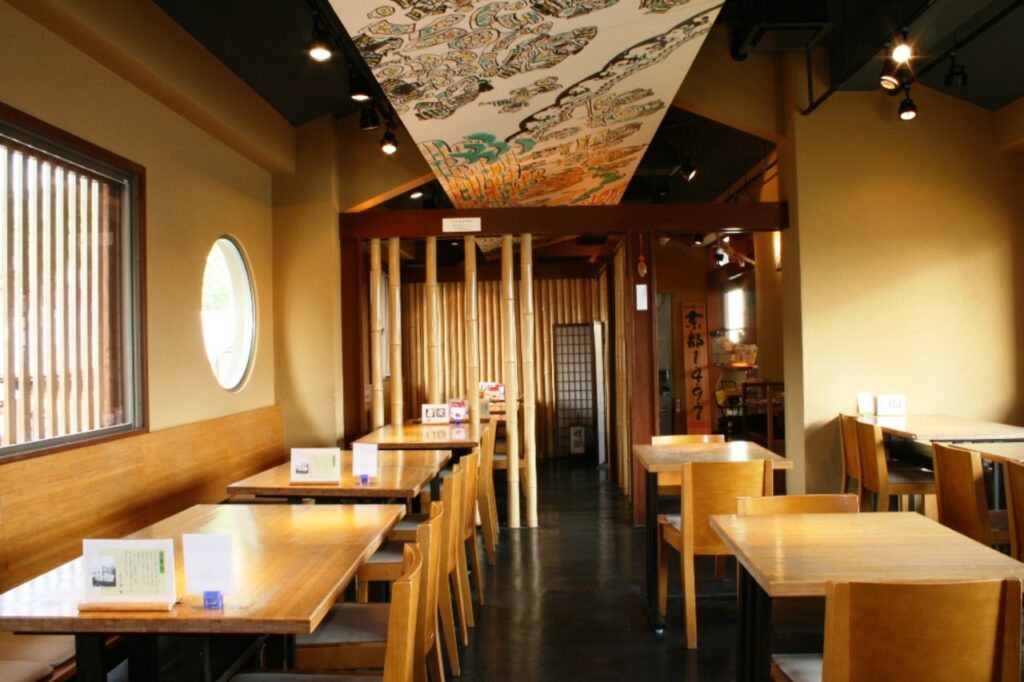

Nanzenji Junjo has continued to transmit Kyoto culture through Yudofu. Junjo Shoin, which has a strong presence on the premises, was built as a medical school during the Edo period (1603-1868) and is registered as a Tangible Cultural Property of Japan. Today, the building has been transformed into a guest room where visitors can enjoy a relaxing meal and a variety of cuisines. It is a famous restaurant that has long been loved not only by tourists but also by locals, who can enjoy yudofu while gazing out at the 1,200-square-meter garden. Come experience the culture of yudofu that has been passed down from generation to generation at this historic place.
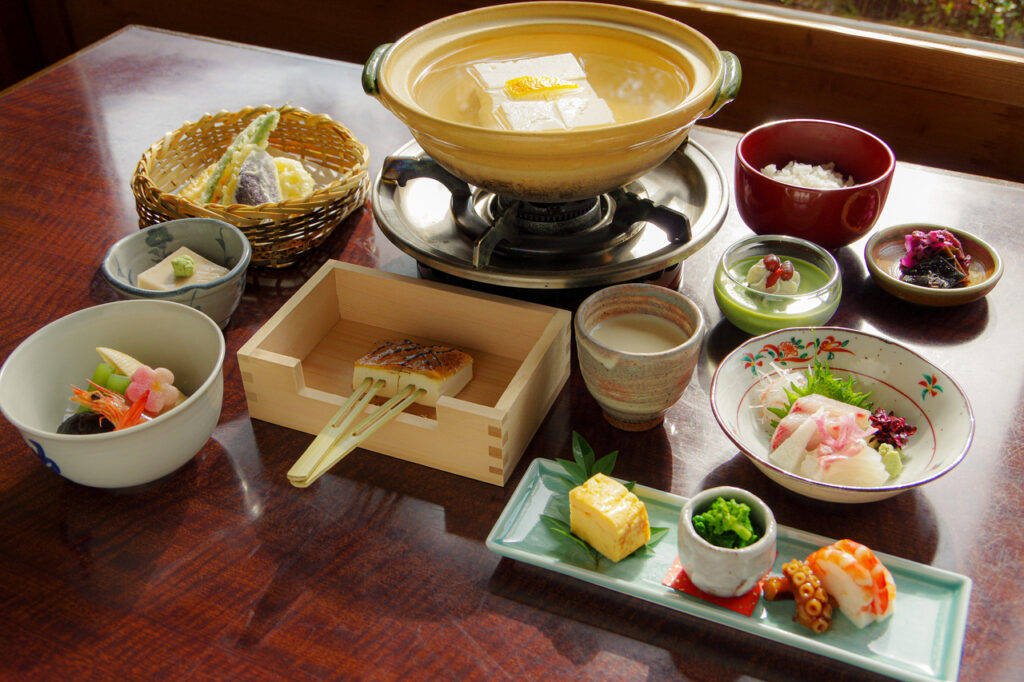
The main nabe (hot pot), which appears in the monthly course for 4,840 yen, is a choice of either yudofu or yuba (bean curd). The course content is updated according to the season, so you can enjoy the seasonal ingredients of the moment!

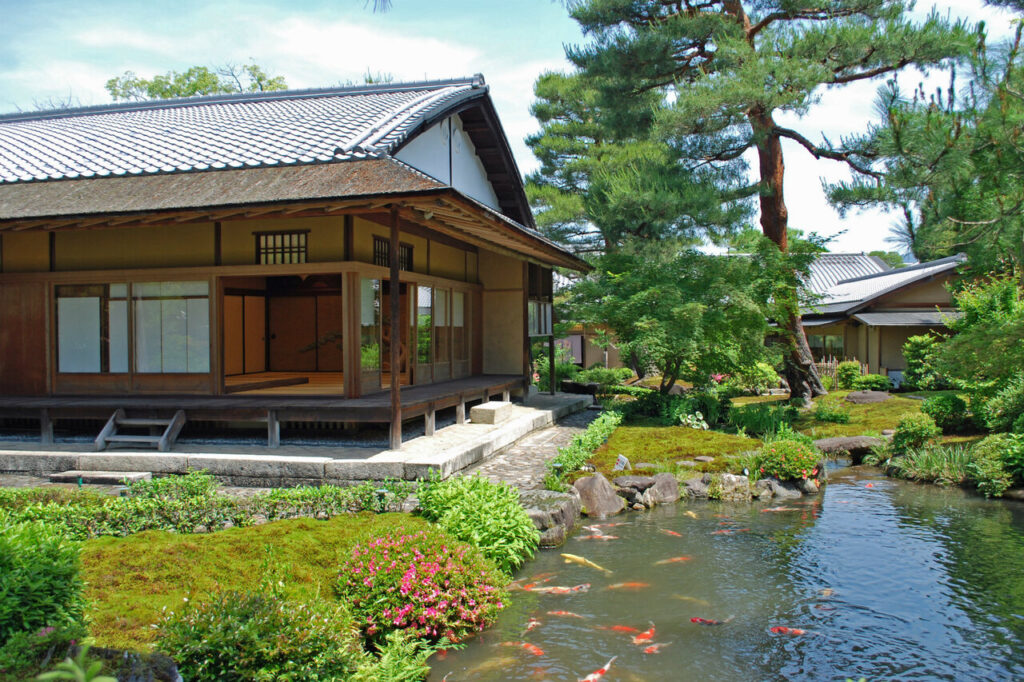

Sohonke Yudofu Okutanshimizu offers dishes with the spirit of hospitality, saying, "We want our customers to taste not only the flavor, but also the food with all five senses. The restaurant offers a variety of tofu dishes carefully prepared without sparing any time or effort. We recommend the Mukashi-dofu Ichiryoku, which is mainly yudofu with a slightly firm texture. The tofu is made from high quality domestic soybeans and groundwater, and its deep flavor will gently soak into your body. From the guest rooms, you can look out over a garden of about 600 tsubo (about 1,860 m2), where trees, plants, and flowers express the changing seasons, covering the view like a painting. The delicate and flavorful tofu dishes and the meticulously tended garden are all in keeping with Sohonke Yudofu Okutanshimizu's spirit of "wholehearted hospitality.
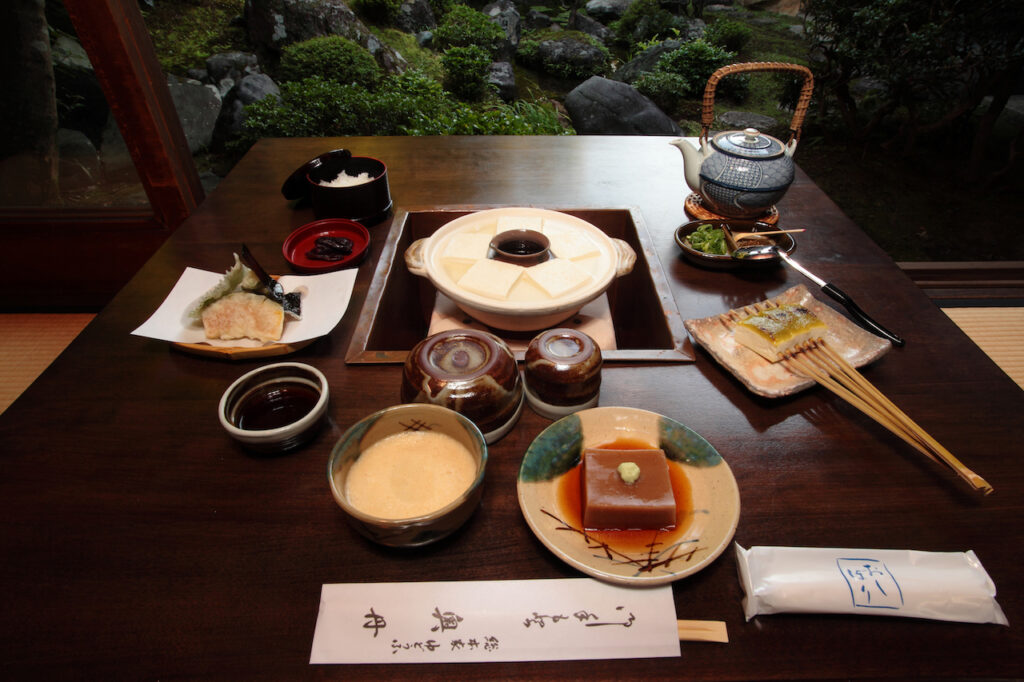
Mukashi-dofu Ichidori, 4,400 yen. The special yudofu tofu made with domestic soybeans and underground water is now available. Tempura and sesame tofu are also on the menu.



At Nishiyama Sou-do, located in the shoin (drawing room) of Myochi-in, the pagoda temple of Tenryu-ji Temple in Arashiyama, you can enjoy dishes using Saga Tofu made by Morika, which is characterized by its smooth and clean bean flavor. The restaurant offers only one type of menu, the yudofu set meal, which shows the restaurant's confidence in its cuisine. The main dish is yudofu, but the lineup also includes sesame tofu, fried vegetables, and other Kyoto-style dishes. It is a pleasure to enjoy a meal at a round table in a comfortable atmosphere surrounded by pleasant silence. Spend your lunch time looking out over the beautifully landscaped garden, and let your body and soul be in good shape.
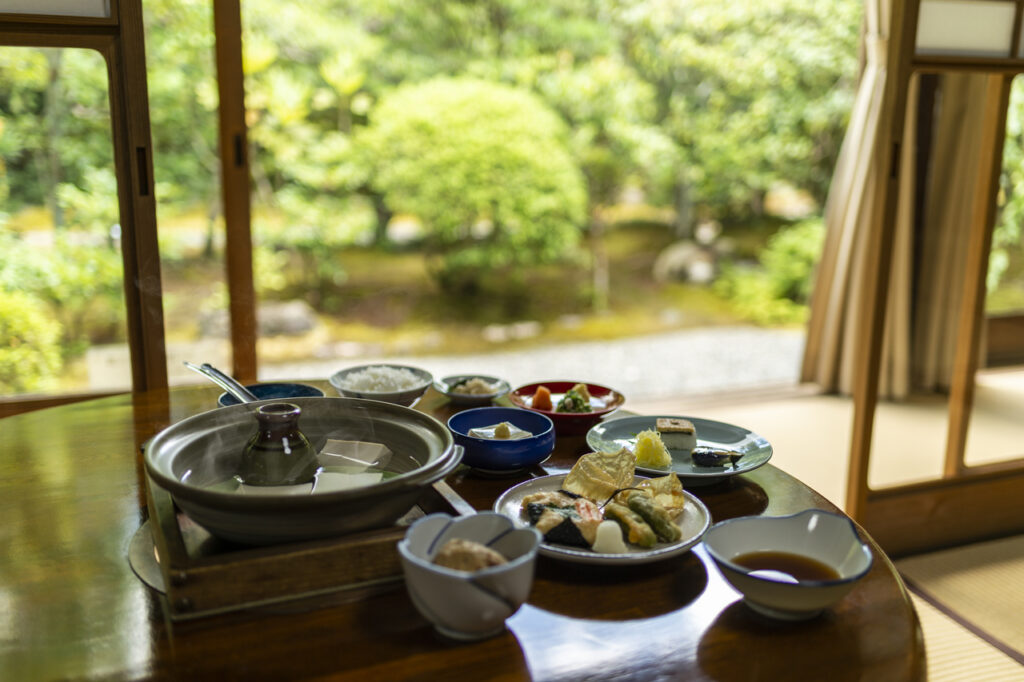
The yudofu set meal (3,850 yen) is a vegetarian dish that makes use of many vegetables and is popular among vegetarians. The yudofu is served with ginger, green onion, grated autumn leaves, and other condiments.

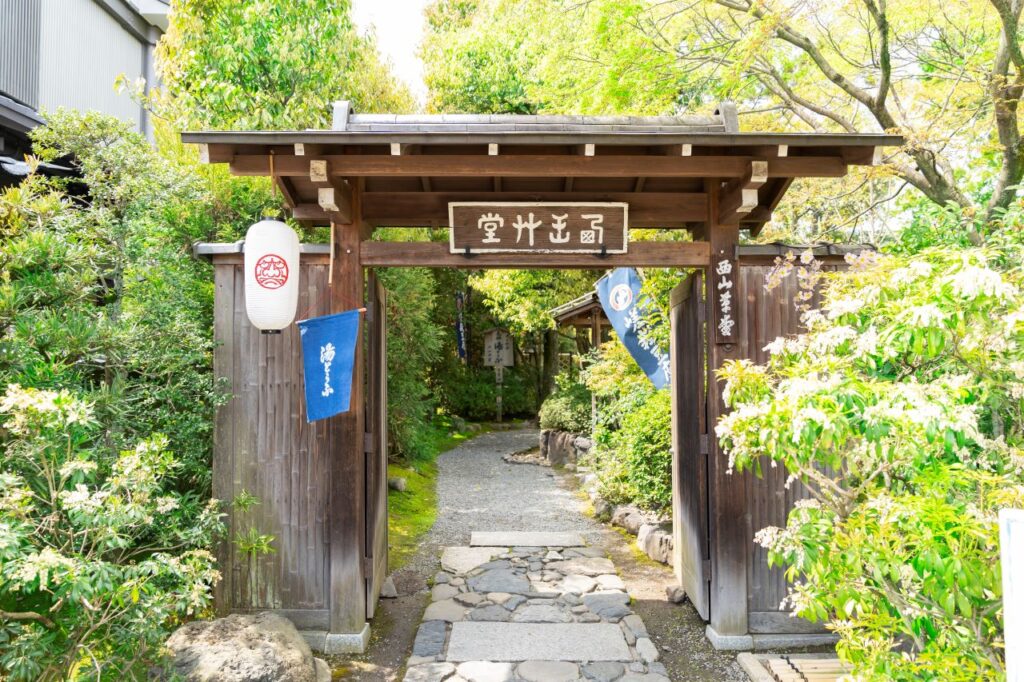

Gion Uemori is located in the Gion area, home to many famous restaurants. The popular yuba (bean curd) and tofu kaiseki (a type of Japanese-style meal) menu offers a variety of dishes that make full use of the flavors of the beans. The yudofu is made from the famous Morika restaurant's Saga tofu, which is dipped in a special ponzu vinegar made from broth and Kyoto chidori vinegar, and is a delicious dish that will bring a smile to your face. The Japanese-inspired space offers a wide range of seating for every occasion, including counter seats where you can enjoy your meal while admiring the chef's delicate handiwork, casual table seating, and private rooms perfect for celebratory occasions. The restaurant is a short walk from Hanamikoji in Gion, a famous sightseeing spot, making it easy to stop by on your way to see the sights.
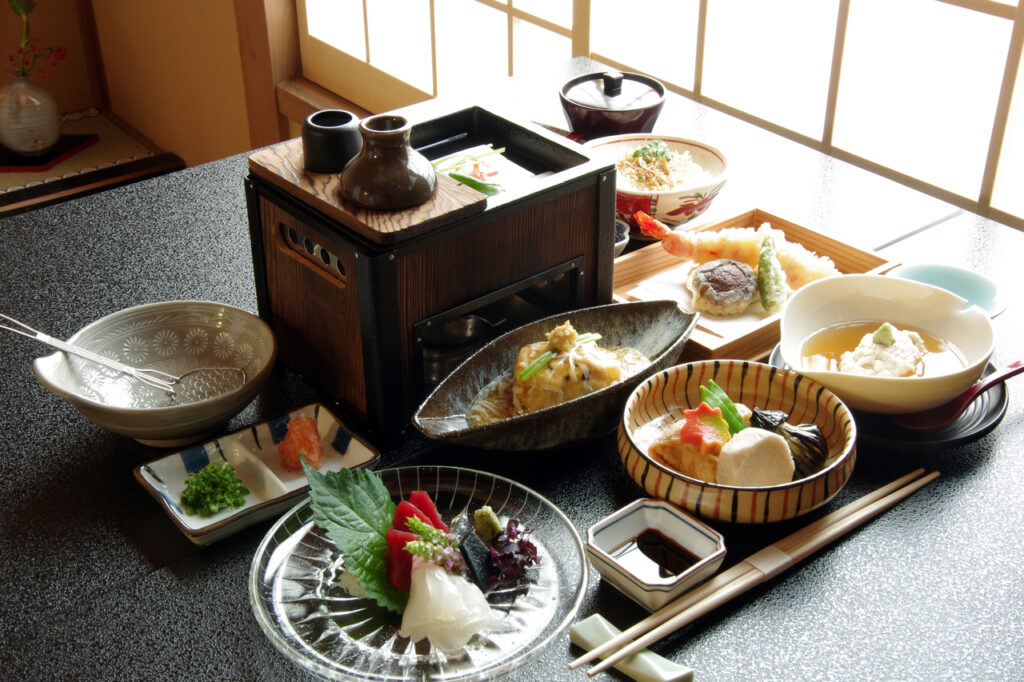
Yudofu and Yuba Kaiseki for 4,400 yen. Yudofu made from Morika, a famous Saga Tofu restaurant, can be enjoyed with homemade ponzu vinegar made from broth and Kyoto Chidori vinegar, etc. Reservations required.

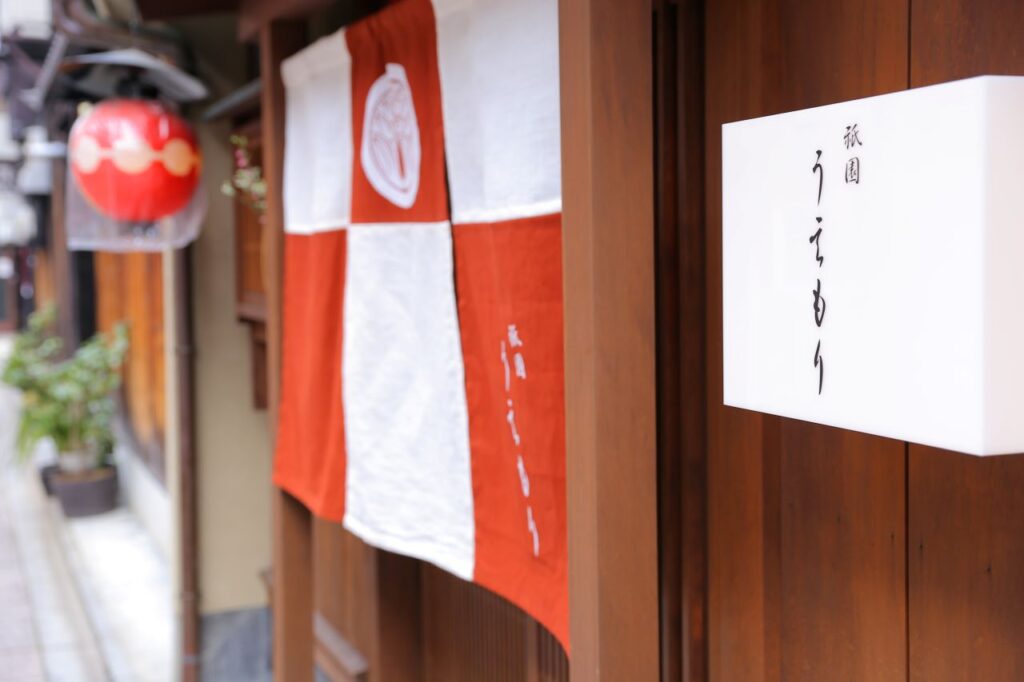

Kyoto Cuisine Isobe is located in Maruyama Park, a famous sightseeing spot. In a place that bears the history of Kyoto, the restaurant offers Kyoto cuisine that preserves tradition while constantly pursuing novelty, surprising locals and tourists alike. The restaurant also has a yuba (bean curd) atelier, where you can enjoy Kyoto cuisine prepared by chefs who are well versed in yuba and tofu. The restaurant has kotatsu (table placed over a sunken table) and tatami room seating for casual dining, as well as private rooms that can be used for special occasions. In addition to the delicious yudofu made with domestically produced soybeans, the restaurant's location makes it easy to stop by on your way to see the sights.
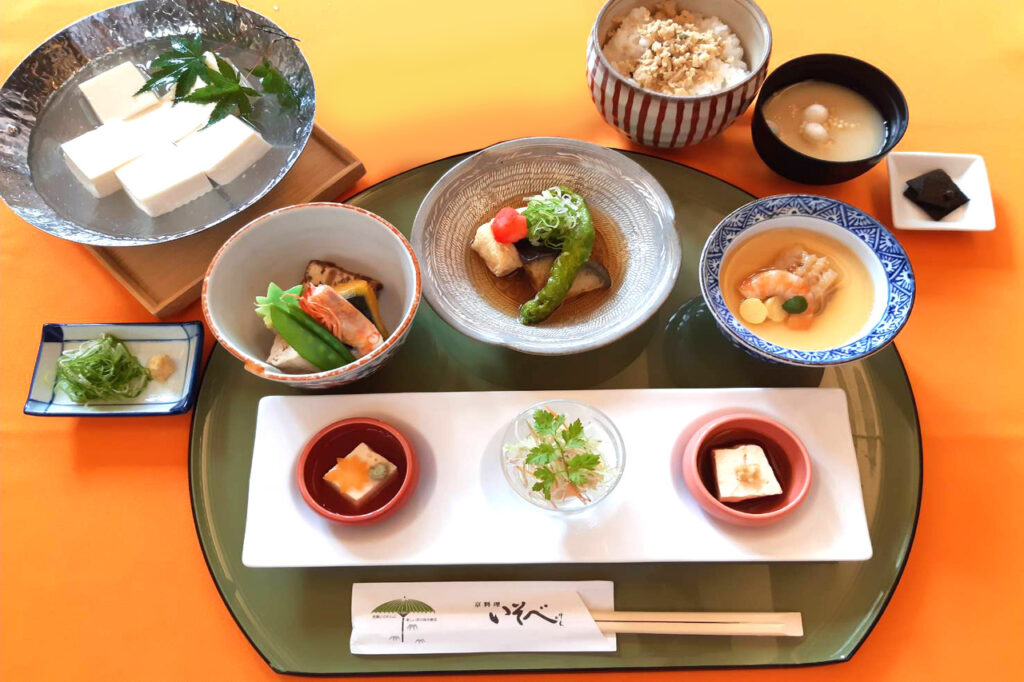
Yudofu set meal for 3,300 yen. In addition to the main course of yudofu, the menu features dishes that emphasize seasonal ingredients and traditional flavors. Sashimi and tempura can be added for a fee.

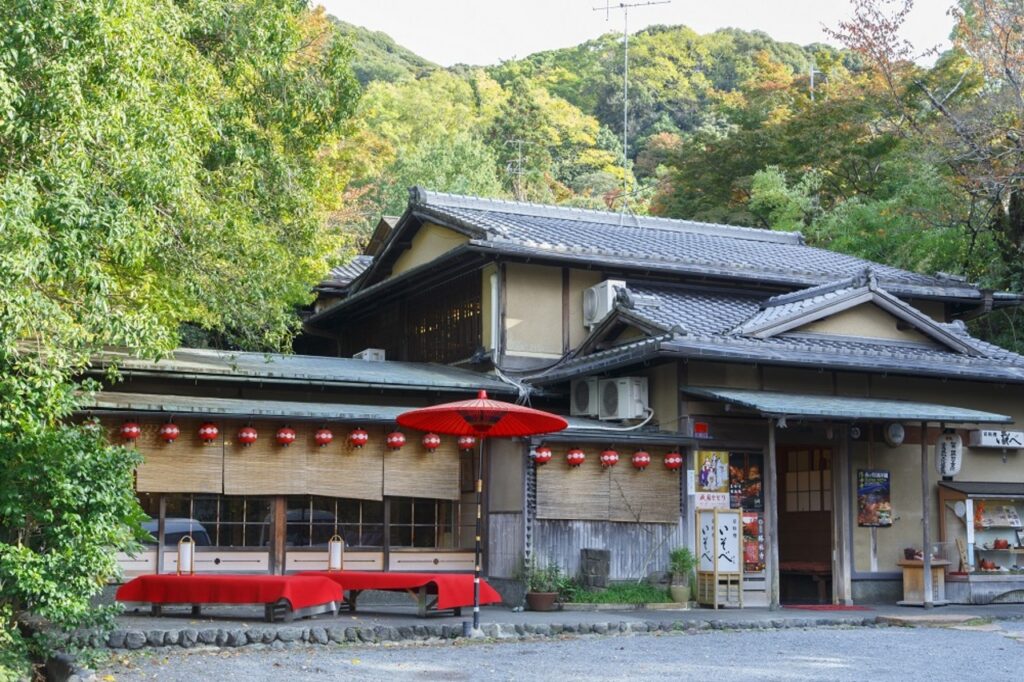

Tofu cuisine and obanzai Kyoto Mamehachi Honten is the place to taste yudofu in Ponto-cho, a popular sightseeing spot. The restaurant is particular about Kyoto ingredients and traditional cooking methods, and offers carefully prepared tofu dishes in a casual atmosphere. The Mamehachi lunch, which offers a variety of colorful obanzai and tofu dishes all at once, is recommended for those who want to enjoy a lunch that is uniquely Kyoto. The soy milk yudofu, which makes full use of the flavor of soybeans, is a dish that boasts the deep richness of soybeans. Soy milk lemon yudofu, which can be ordered a la carte, is a new menu item introduced in the fall. Don't miss the new menu items that will surprise you with the new possibilities of Yudofu.
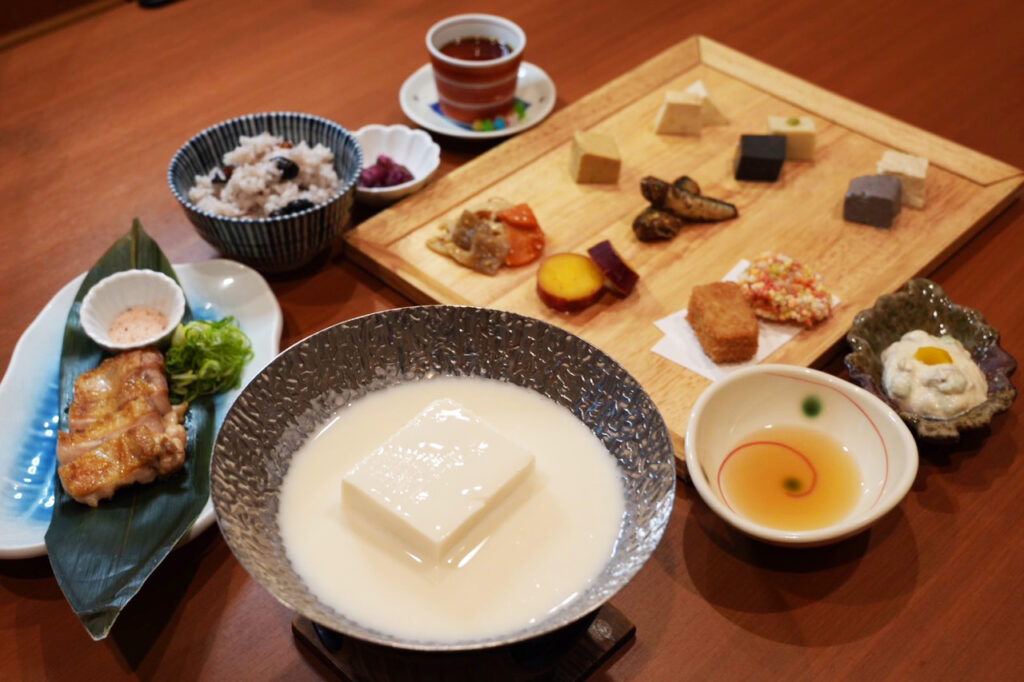
Mamehachi lunch for 4,500 yen. In addition to yudofu, you can enjoy a variety of colorful obanzai dishes. Obanzai and main dishes change with the seasons, so you will be able to discover new dishes every time you visit.

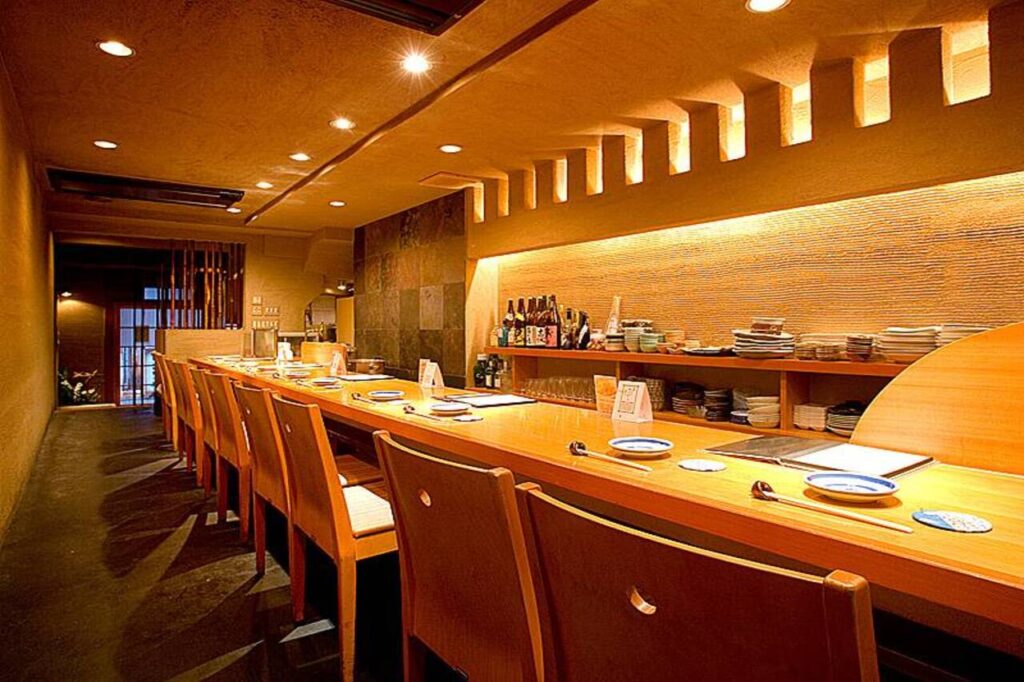

Arashiyama is a sightseeing spot where history and nature coexist. Takemura, a long-established restaurant that has remained unchanged since its establishment, offers a lineup of course meals in which yudofu is the main dish. The Matsu Course, which includes yudofu, tempura, sesame tofu, and other dishes, is a popular menu that allows diners to casually enjoy a luxurious course meal without being overbearing. The main dish, yudofu, is served with dashi soy sauce that maximizes the flavor of dried bonito flakes and kelp. The perfect marriage of Saga Tofu, made with Japanese soybeans and spring water from the famous Morika restaurant, and the special broth and soy sauce will make your cheeks drop. Take your time to enjoy the traditional yudofu at this place surrounded by the rich nature of Arashiyama.
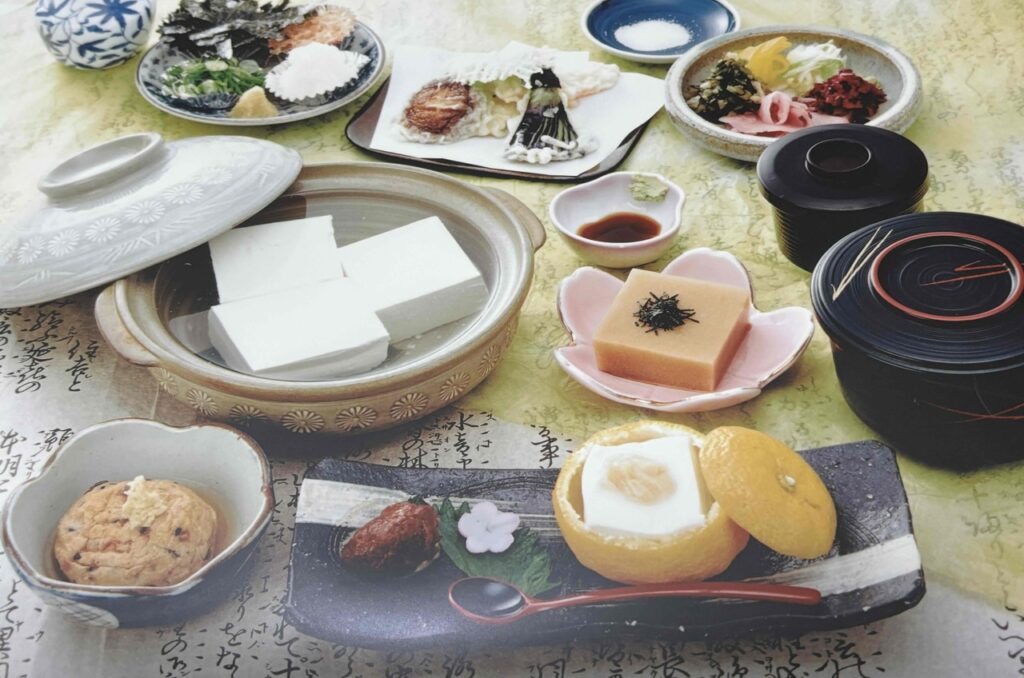
Matsu Course: 4,100 yen. In addition to tofu dishes such as yudofu and sesame tofu, there are a variety of Kyoto-style dishes such as tempura and appetizers.

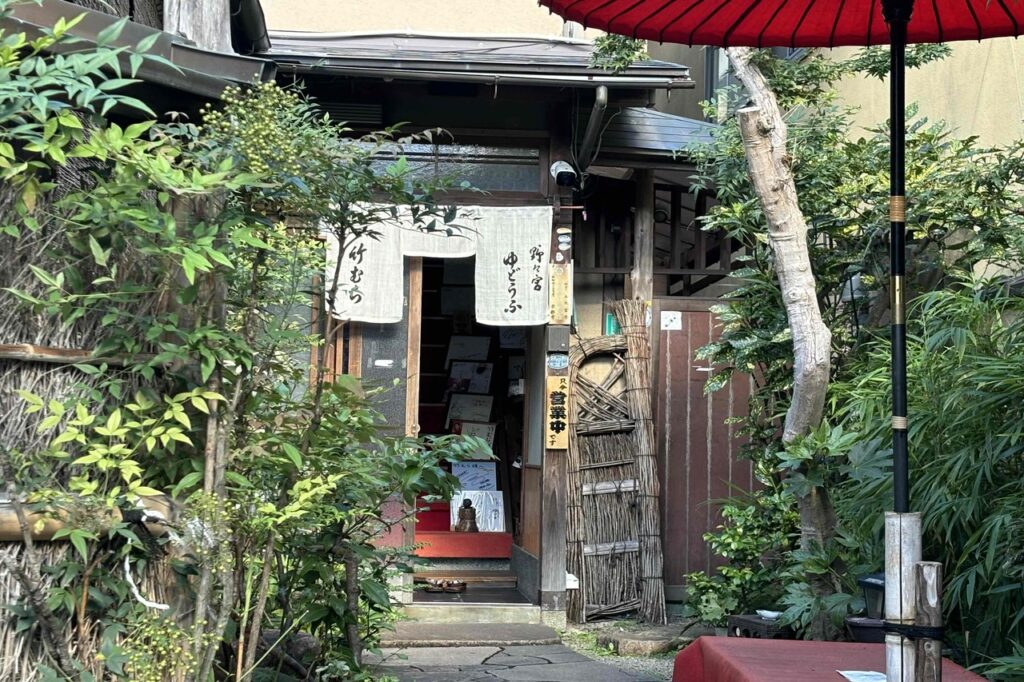

Located in Higashiyama, an area that retains the atmosphere of the ancient capital, Tofu Cuisine Hengetsu Chaya has a long history, having been established in 1900 as a restaurant serving amazake (sweet sake) and yudofu (tofu) in the neighborhood of Seiryuin Temple. The tofu course, which is available at lunchtime, features 10 elaborate dishes, including yudofu with secret broth, tofu gratin with a creamy texture, and namafu dengaku (grilled fu). Tofu, which is the cornerstone of the course, is made from a type of tofu that falls somewhere between cotton and silken and is smooth and silky, but at the same time has the unique texture of tofu. We hope you will enjoy a wide variety of tofu dishes in the Higashiyama area, which is home to many famous places.
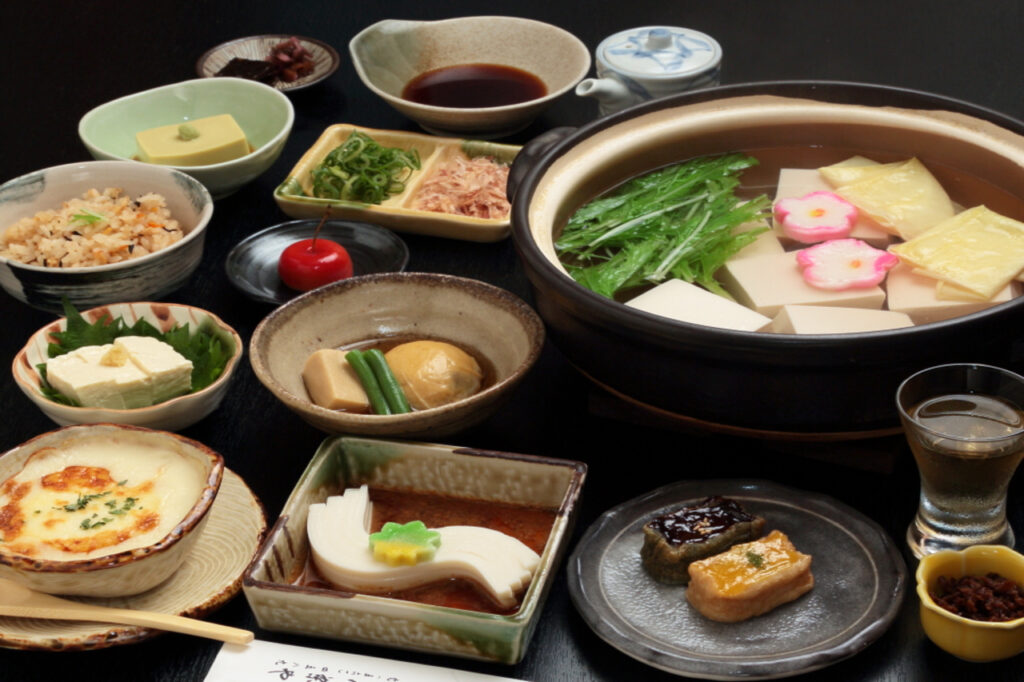
Tofu Cooking Course 3,740 yen. Starting with an aperitif, a hearty 10-course meal including tofu gratin, yudofu, and dessert is served. Aperitif can be changed to a soft drink.

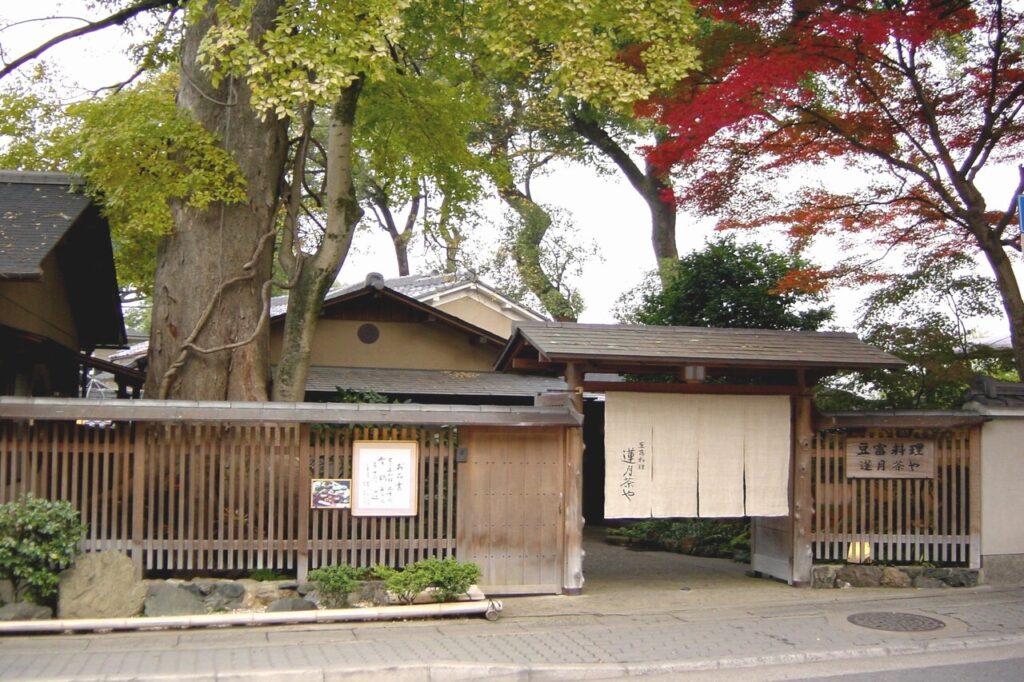

At Sai-Gen-In, located on the grounds of the World Heritage Site Ryoan-ji Temple, you can enjoy vegetarian cuisine and Nanakusa-yudofu (seven herbs hot tofu) while gazing at the Japanese garden. The garden greens in the spring, greens in the summer, autumn leaves in the fall, and dignified silence in the winter. The seven herbs yudofu is filled with many vegetables such as Chinese cabbage and potherb mustard and Kyoto-style fu (wheat gluten), and the smooth tofu goes perfectly with the special sauce. The vegetarian dishes, including takiawase, sesame tofu, and dressed vegetables, will gently pamper your body and soul. The restaurant's appeal is said to be the reason why many people repeatedly visit Sai-Gen-In, where they can enjoy healthy vegetarian cuisine in a setting that is uniquely Kyoto.
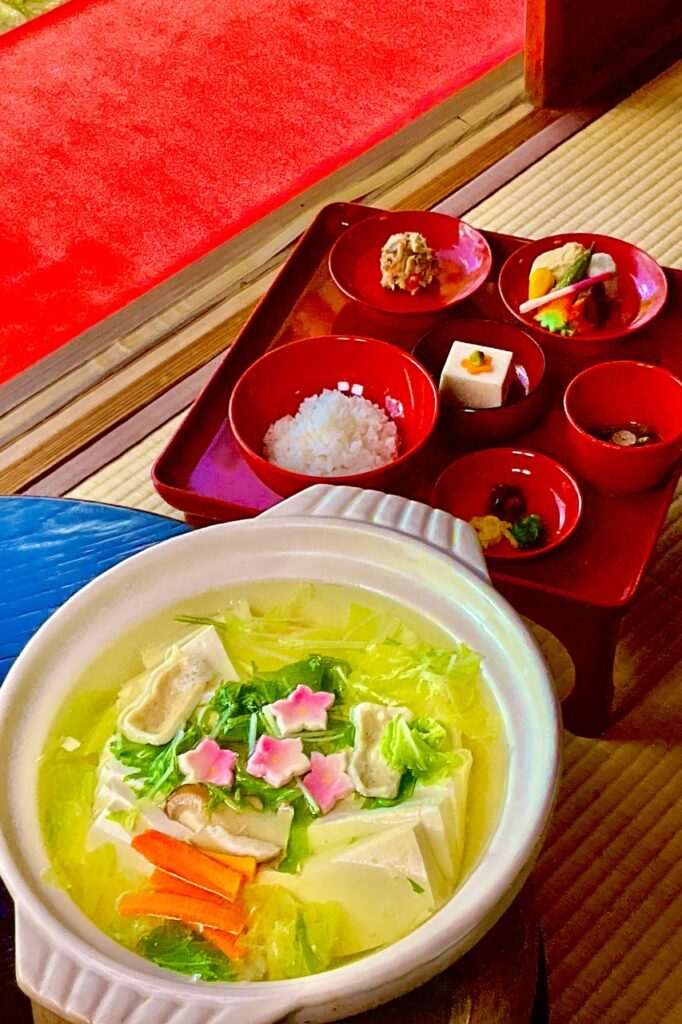
Vegetarian cuisine: Shichikusa yudofu (seven herbs tofu), 3,800 yen. In addition to beautiful vegetarian dishes, the lineup includes yudofu, which was created more than 60 years ago with nutrition in mind by the previous chief priest.

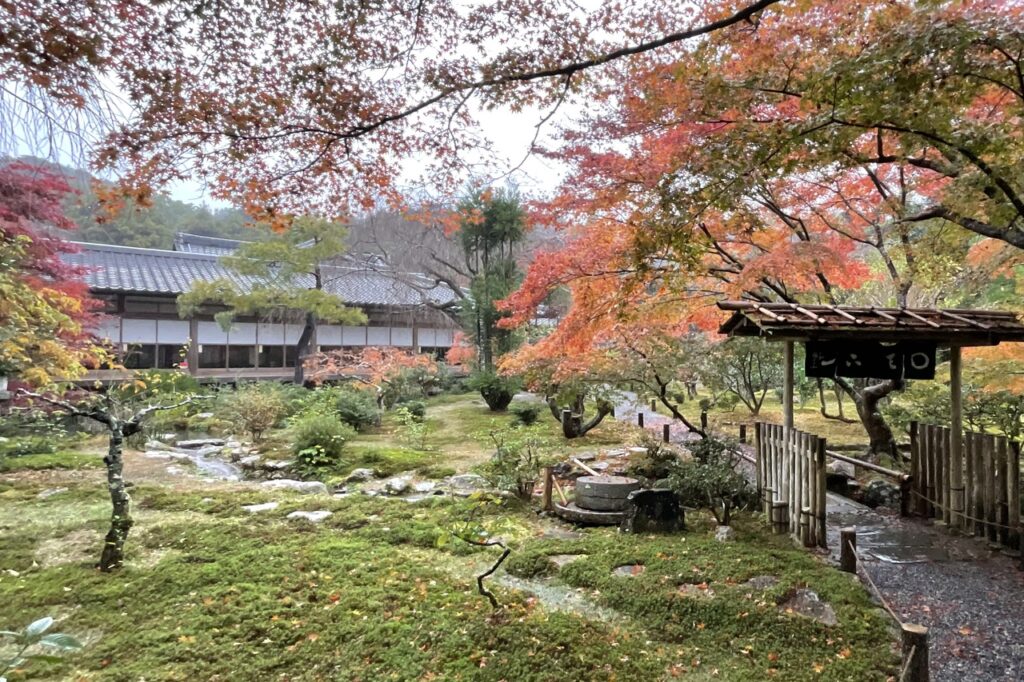

Yudofu Sagano is located about a 5-minute walk from Watarazukibashi Bridge, making it an easy stopover during sightseeing in Arashiyama and Sagano. Here, you can enjoy your meal in an atmospheric Japanese-style house with a view of a beautiful garden. The Saga Tofu used for the restaurant's specialty, Yudofu, is characterized by its smoothness and good firmness. The flavor of fine beans spreads richly in the mouth, as if it is gently soothing to the body and soul. The popular yudofu set meal includes yudofu, a small bowl of cooked food, fried dishes, and other delicate dishes created by careful preparation and traditional cooking methods. During the cormorant fishing season, there is also a special package plan that includes a yudofu meal and cormorant fishing viewing. Check the official website for details.
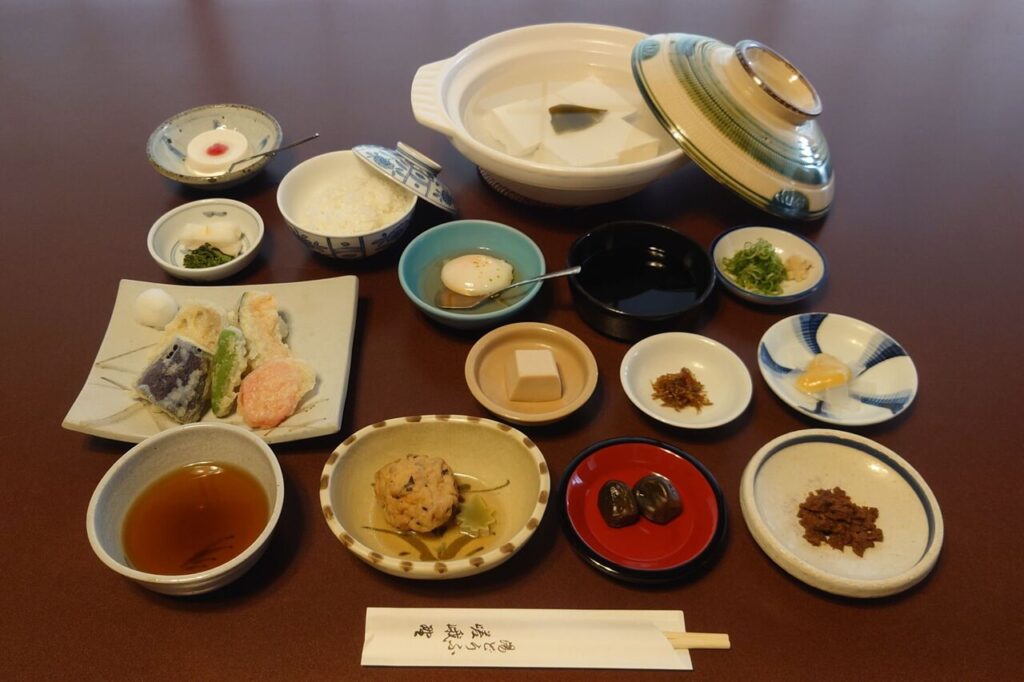
The 4,400 yen yudofu set meal features yudofu served in a richly flavored earthenware pot. On the other hand, hot dishes, fried dishes, and kobachi (small bowls of cooked food) are served sparingly, allowing you to enjoy Kyoto-style dishes little by little in a greedy way!

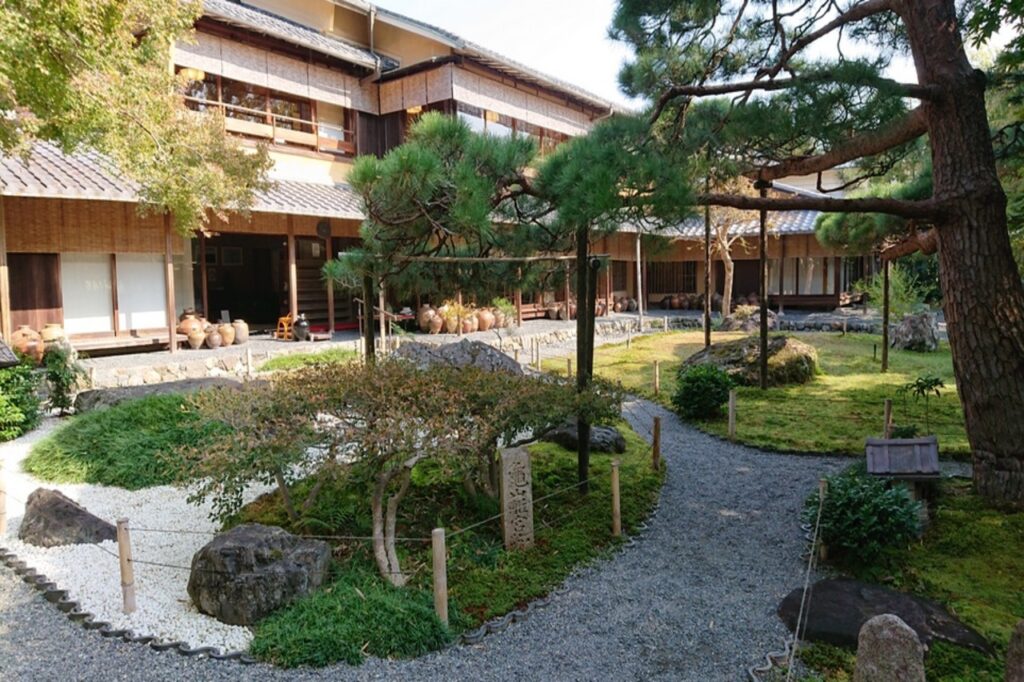

Located on the 11th floor of JR Kyoto Isetan directly connected to Kyoto Station, Kyo Tofu Fujino offers a tofu lunch overlooking the city of Kyoto. The restaurant offers creative dishes that combine fresh tofu from Kyo Tofu Fujino, which is delivered daily from Tango, Kyoto, with seasonal ingredients. The lunchtime hot tofu set menu features a total of 11 creative dishes with a sense of the season, including hot tofu, using seasonal ingredients. Tofu lovers will not want to miss the lineup, as tofu and soy milk are also used in the tea cakes that conclude the meal. The reason for offering creative, home-style dishes brimming with ideas is the desire to "make tofu more familiar to people. We hope you will enjoy Kyoto's tofu cuisine in a casual, relaxed atmosphere.
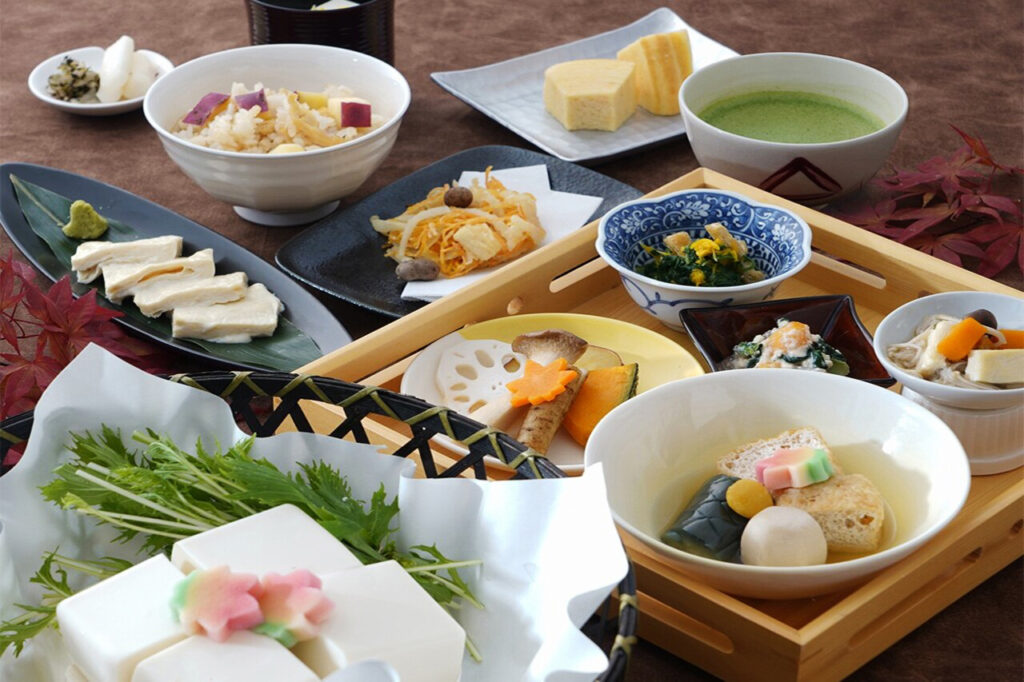
The lunchtime yutofu set (4,840 yen) has been renewed with an autumnal menu from September 10. You can enjoy the tofu as much as you like with free refills of the tofu, which has a flavor you will never get tired of no matter how many times you try it.

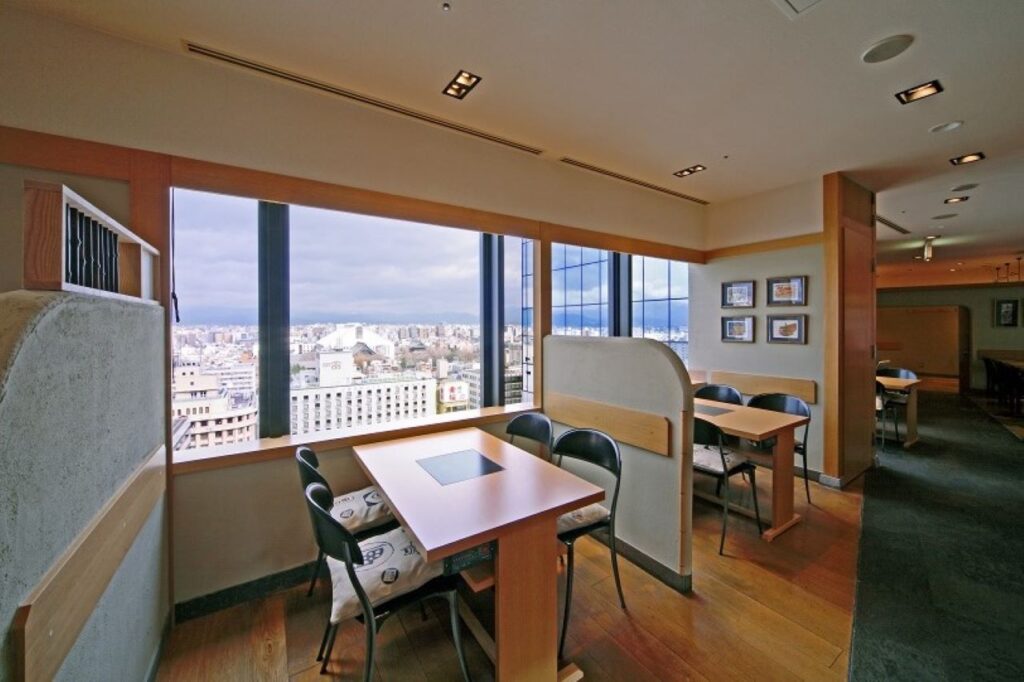

[The lineup at Kamemeya Honke features a wide variety of kaiseki dishes in which yuba and tofu play a leading role. In addition to yudofu, the Tofu Kaiseki (Gojo) offers a variety of other dishes such as yuba, a signature dish, Kyoto konnyaku sashimi, and fu dengaku, fulfilling the desire to enjoy a variety of Kyoto cuisine. The flavors created through careful consideration of the ingredients have been carefully passed down since the restaurant's establishment in 1923. The owner's desire to "take good care of our customers" is evident in every aspect of the cuisine and space. The restaurant is conveniently located just a short walk from Hankyu Omiya Station.
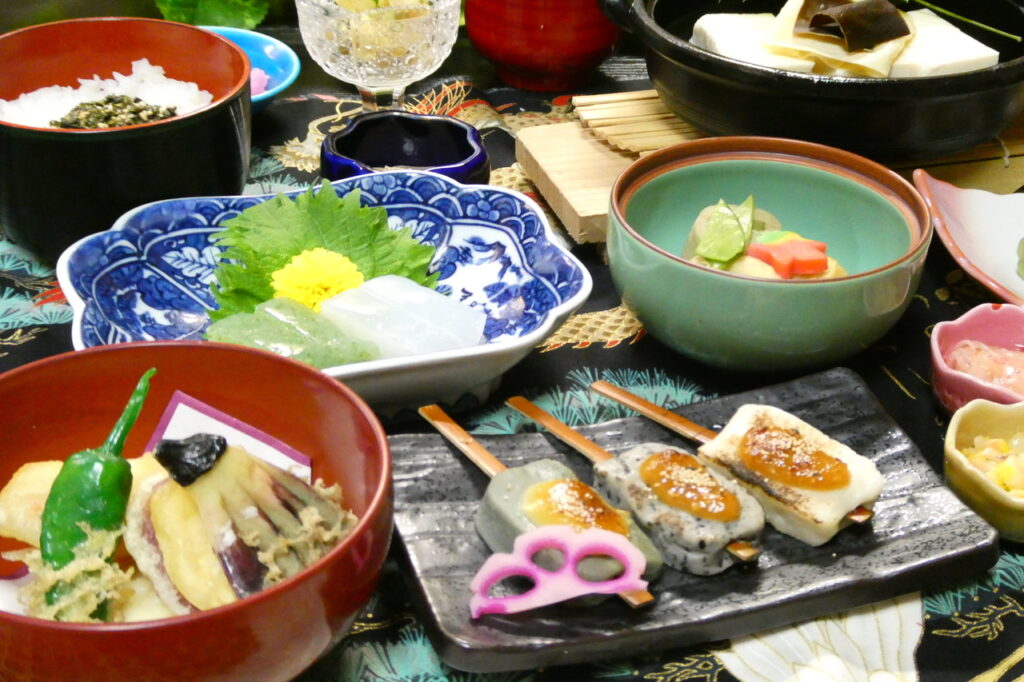
Tofu Kaiseki (Gojo) 4,950 yen. Colorful dishes such as yudofu (tofu), yuba (bean curd) dishes, and fu dengaku (grilled fu) are eye-catching. In addition to Gojo, a wide variety of kaiseki dishes are on standby, selectable according to budget and content.

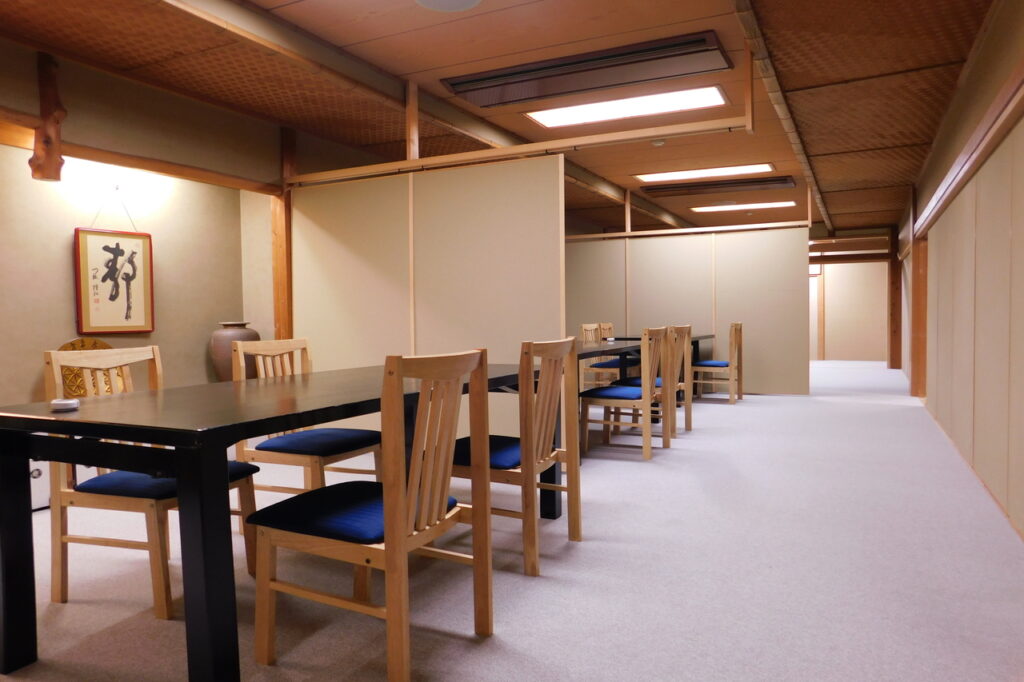

A memorable tofu dinner in a 150-year-old Kyoto townhouse. MUSUIRO Gion Branch offers course meals in a building that retains a strong sense of period, in which tofu plays a leading role. The restaurant is famous for its tofu cuisine, which is constantly evolving while preserving the traditions of Kyoto cuisine, such as offering gluten-free and vegetarian course meals. The popular Shirakawa course begins with five appetizers, followed by a succession of menu items that will pique your culinary curiosity, such as steamed mushroom fu buns with shrimp aroma and fried scallop tofu with igae (fried scallop tofu). The main dish, oboro yudofu, can be refilled and is a must for yudofu lovers. Kozoan, a renovated warehouse on the premises, is a special space where diners can forget the hustle and bustle of the city and enjoy a meal. Seats fill up quickly, so early reservations are recommended.
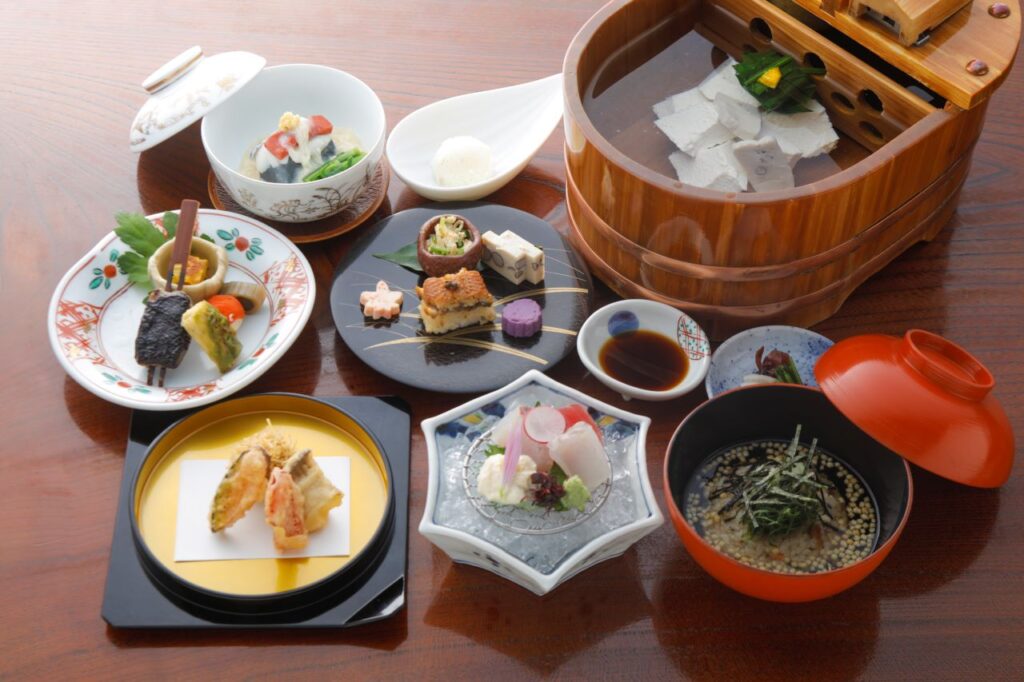
Shirakawa 8,000 yen. Using carefully selected ingredients, the elaborate dishes are pleasing to the eye and vibrant. The famous oboro yudofu (boiled tofu) is served with free refills; after 11/7, Shirakawa is only available at lunch time.



[Gion Kurashita is located in a back alley off Hanamikoji Street in Gion, within walking distance of Kodaiji Temple and Yasaka Shrine. The restaurant offers a variety of dishes such as Kyoto-style kaiseki and yudofu (tofu) in an emotional Japanese space that makes the most of a traditional Kyoto machiya (traditional townhouse). The yudofu kaiseki course, featuring a variety of Kyoto-style dishes, uses tofu made by Hondofu Hattori, a long-established tofu maker in Nanzenji, allowing you to enjoy the deep flavor of the bean and its smooth texture. The restaurant is famous not only for its delicious food, but also for its hospitality in every detail, such as the arrangement of the dishes and the use of utensils that remind you of the four seasons. The restaurant is a masterpiece of hospitality, with a focus on seasonal ingredients, and a variety of dishes that you can enjoy to your heart's content.
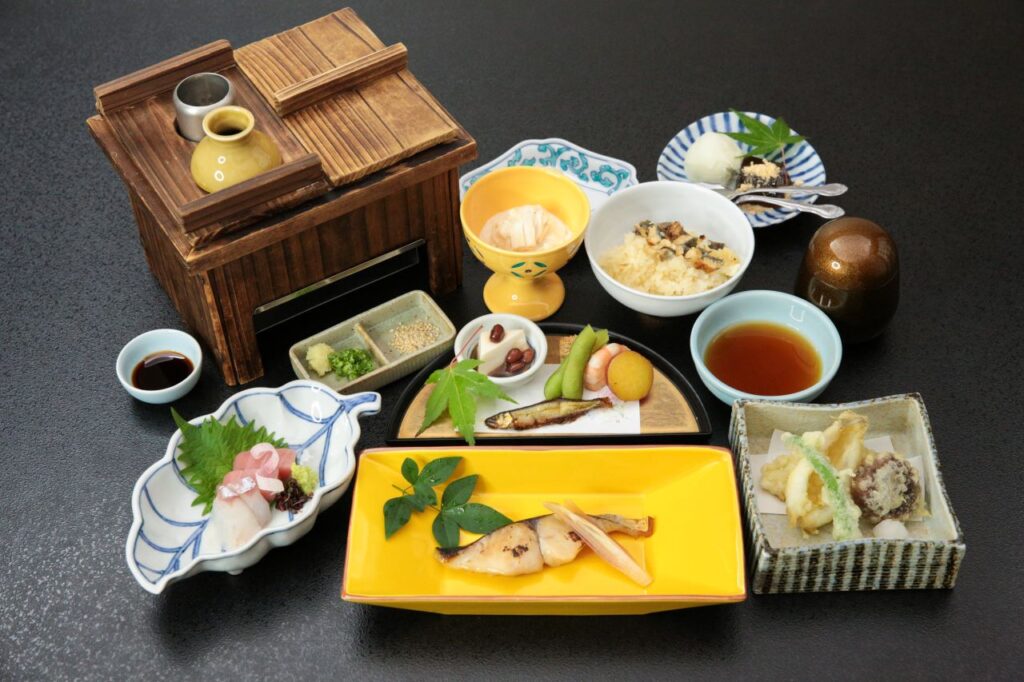
Yudofu Kaiseki for 5,500 yen. [Yudofu is made with tofu from Hattori Tofu Co. The rich soybean flavor and full-bodied taste will fill your mouth.

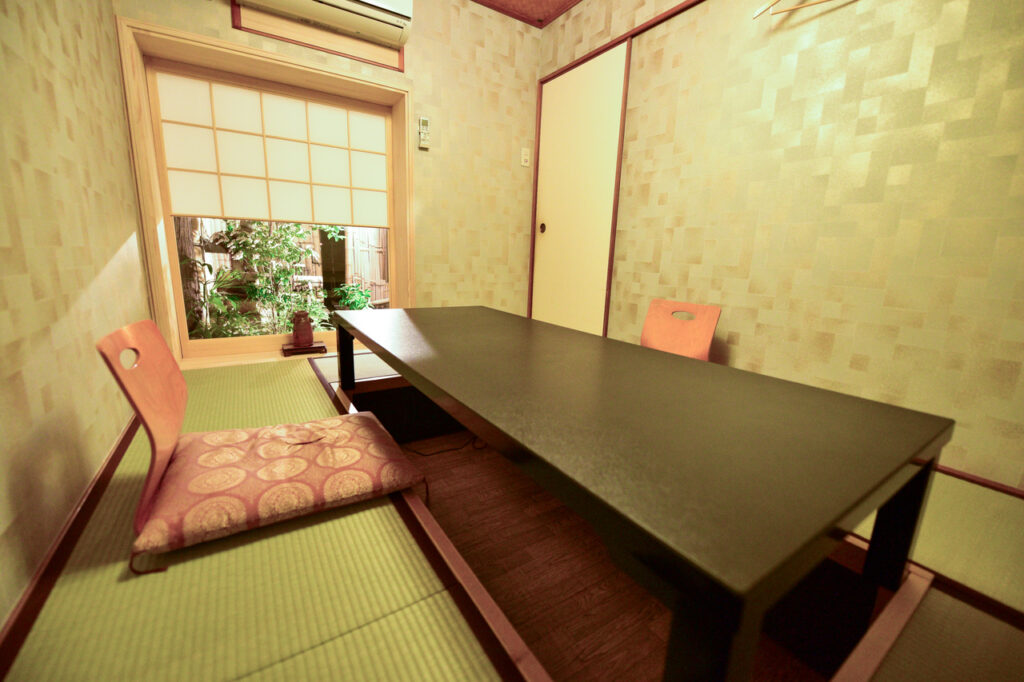

[As you walk down a narrow side street from the approach to Nanzenji Temple, the hustle and bustle of the city fades away and the elegant sukiya-style building, Nanzenji Sando Kikusui, comes into view. The garden, with a pond and fountain garden created by master gardener Jihei Ogawa, covers an area of about 820 tsubo (approximately 1,860 square meters), offering a breathtaking view of the four seasons. The yudofu kaiseki course features seven dishes in a course format, with yudofu as the main dish, expressing the seasons. The dishes are prepared using carefully selected ingredients, including Gihee VIII's top-quality rice blend "Oukasumi" to finish the meal. The course menu is constantly updated according to the seasons, so you will be delighted to discover new flavors no matter how many times you visit. Experience an extraordinary experience where your senses are stimulated by food and nature.
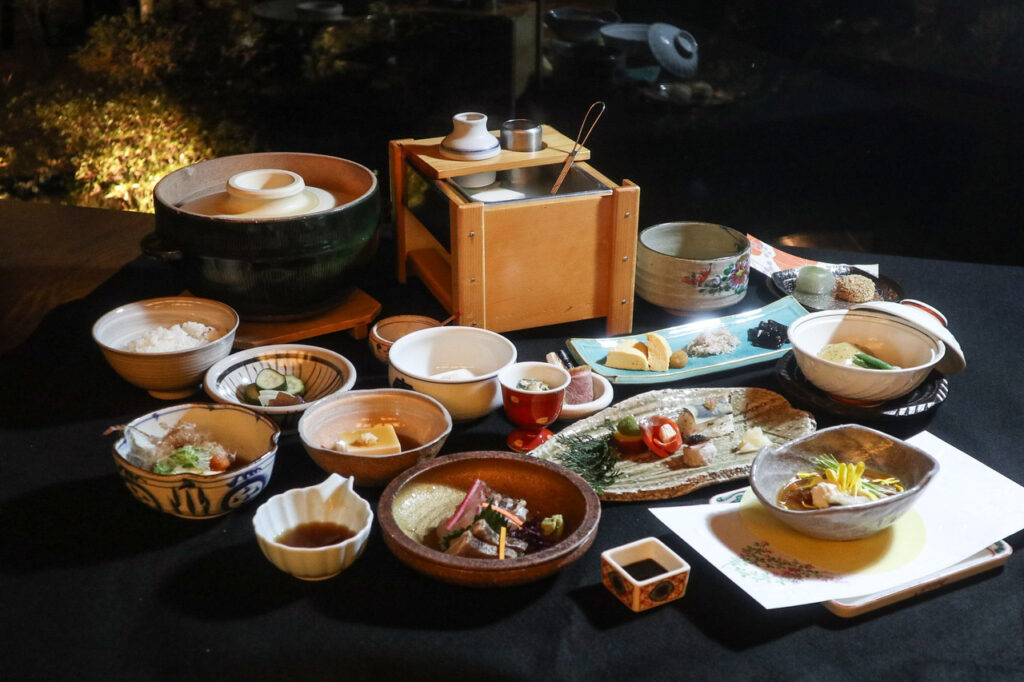
Nanzenji's specialty, yudofu kaiseki for 8,470 yen. The rice to finish the meal is served in an earthenware pot with "Oukasumi," a top-quality blend of rice produced by Gihee VIII. In addition to the famous yudofu, the menu also features carefully selected ingredients and traditional cooking methods.

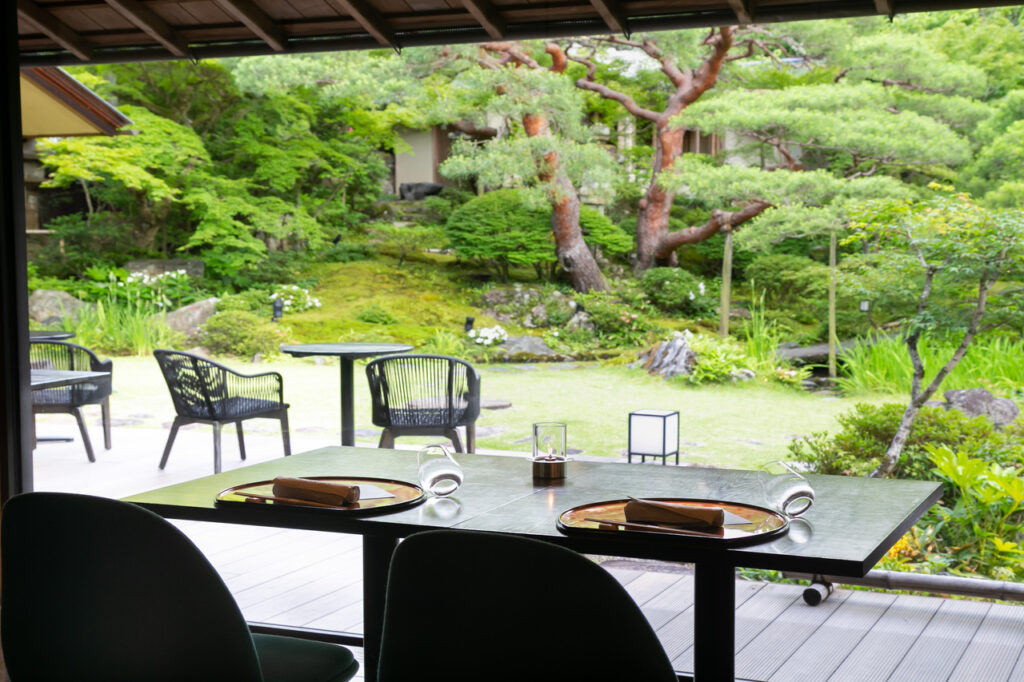

Over 600 interviews per year! An order site carefully selected by the editors who knows Kyoto and Shiga.
nowOfficial LINE friend registration500 yen OFF coupon is being issued!
Distributed every Friday morning at 8:00 am! From new restaurant information to event information that we want to share with you, We deliver articles about Kyoto that are useful to know. About 20,000 people have registered.Click here to add a friend!
 News
News Feature article
Feature article Featured event
Featured event